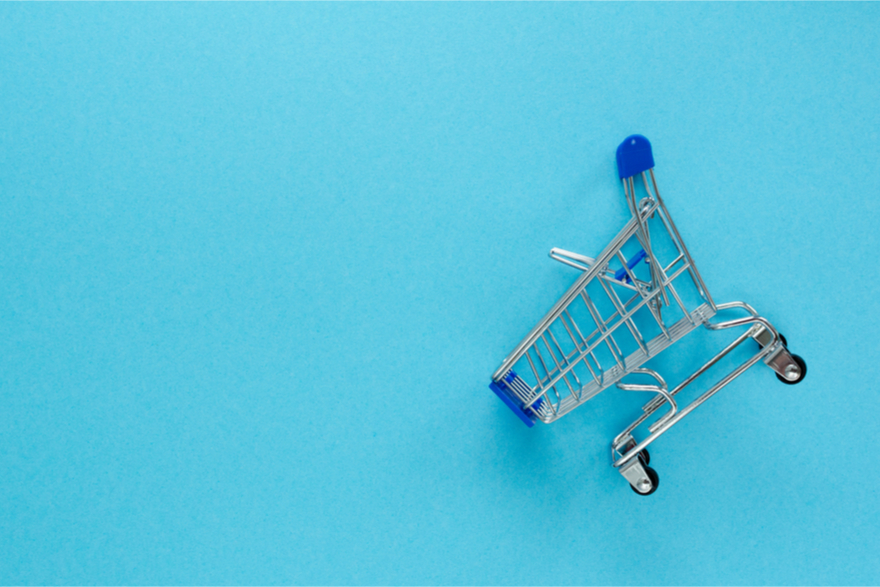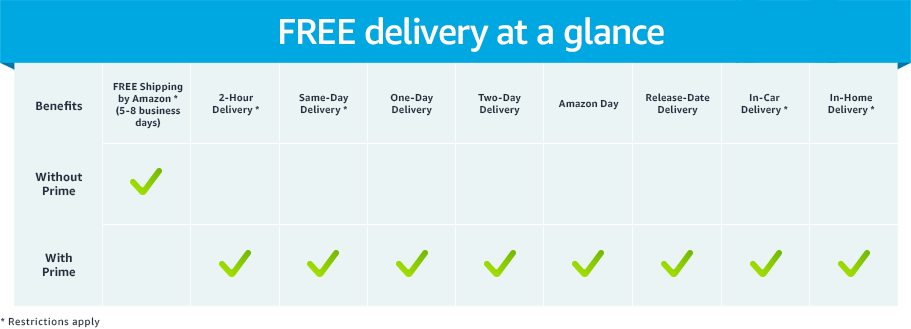
No sale is official until that final click is made. Anything from last minute reservations about the product to the distraction of a phone call or a crying baby can turn a potential sale into an abandoned shopping cart. When it comes to Amazon conversion rates, there are some things that we can control as sellers and some that we can’t.
Cart abandonment is more common than you think. The average eCommerce store loses about 75% of their sales to digital cart abandonment. Simply put, if you improve your cart abandonment rate, you earn more sales.
In this guide on how to boost your Amazon conversion rates, we’ll cover where you can find your rates and give you some useful tips on how to increase the number of potential sales that turn into actual sales.
Where to Find Your Amazon Conversion Rates on Products
One of the most useful metrics for checking your Amazon conversion rates is the “Unit Session Percentage.” You can find this by opening up your Amazon Seller Central account clicking on “Business Reports” under the “Reports” tab. From here, you can scroll down to the “By ASIN” category and select “Sales and Traffic” or “Detail Page”. In these sections you will be able to see the unit session percentage on each of your individual products.

Source Search Engine Journal
Amazon defines the unit session percentage as the “percentage conversion metric indicating how many units were purchased relative to the number of people who viewed the product.” Conversion rates will vary depending on your category and price points, so there isn’t a one-size-fits-all rule when it comes to what your target Amazon conversion rates should be.
That being said, we’ve got a few pointers on how you can boost Amazon conversions from those pesky abandoned shopping carts.
5 Ways to Boost Amazon Conversions On Your Products
1) Use Prime Shipping Whenever Possible
Prime shipping has a number of benefits attached to it. Most importantly, Prime shipping is synonymous with fast and convenient shipping. Statistics show that some Amazon Prime members won’t make a purchase unless the product is shipped via Prime.
Whether you fulfill your products yourself or send them in to Amazon to be shipped through FBA, you can count on higher conversion rates when your listing has the Prime logo attached to its shipping.

Source Amazon
2) Optimize Your Listings to Avoid Confusion
We’ve covered in the past the importance of growing your Amazon sales with listing optimizations. As someone with an intimate knowledge of how your product works, it’s easy to overlook that something that may seem extremely obvious to you might not be as clear to someone less familiar with your product. Confusion can lead to hesitation and abandoned shopping carts.
Take the time to comb through your listings to make sure they are as crystal clear as possible:
- Title – Does your title capture all of the important elements of your product?
- Images – Are all of your images clear and easy to see? Is your product shown at all angles? If your product has some complexity to it, did you include a video or illustration that makes it easy to understand?
- Bullet Points – Did you cover all of the most important elements of your product, including its size and most common uses? Did you leave out anything all customers should know, even if it may seem obvious to you?
- Product Description – This section allows you to go into as much detail as you need. Get ahead of any potential questions or confusion that may arise by being as descriptive as possible here.
These are just four quick ways to optimize your listings. Read our full list here on how to get your products to rank higher.
3) Take Advantage of A+ Content and Amazon Stores
In addition to the listing optimizations mentioned in the section above, Amazon sellers should also take advantage of programs like Amazon’s A+ Content and Amazon Stores Brand Pages. Tools like these allow sellers to differentiate themselves from other Amazon listings with beautiful, attractive templates that tell the story of your business and your products. Potential buyers are likely to have less reservations about shopping with a business that is well represented through these features.
4) Generate More Product Reviews
Buyers tend to feel more confident in purchasing from third-party sellers when their product listings are backed by excellent product reviews. Amazon’s excellent return policy helps alleviate hesitation about trying new brands, but product reviews make most shoppers feel more comfortable with their purchase in the first place.
FeedbackWhiz specializes in generating product reviews through automated email campaigns. The automation process helps you stay in control of your valuable time will still converting your sales into valuable product reviews. Our video below explains how you can quickly send automated email campaigns with the easy-to-use campaign manager within FeedbackWhiz.
5) Consider Pricing Adjustments
Studies show that products with higher price points usually have lower conversion rates as potential buyers are more likely to re-consider their purchase if it is an expensive one instead of a cheap one. In the long run, sellers want to maximize their profits on each of their products. But sometimes in the short term it make sense to lower prices to generate sales as doing so can improve sales and search rankings and lead to more product reviews, which in turn could lead to more organic sales and higher conversion rates down the road.
FeedbackWhiz’s Profit and Loss Tracking Tool makes it easy to determine exactly what your profit margins are on every product in your store. By analyzing your sales and conversion rates alongside your potential profits, you may be able to find certain products that you can afford to lower the price on, which might make wary buyers more likely to finalize their sales. New customers can try FeedbackWhiz free for 30 days – sign up with this link!

2 Comments
Marina Teramond @ NMPL
Of course, it is so significant to be able to save the quantity of your sales and increase it afterwards. But it is really sad when sellers face such a destructive thing like a cart abandonment, affecting their business in a negative way. Without any doubts, It is so important to build a proper plan to boost the conversions on your products and increase their sales. I think that one of the most effective ways to do it is to generate more product reviews because reviews frequently make customers trust you and the quality of your items play a key role in the sales. I think that any seller needs to pay attention to it because positive reviews can contribute to the reception of profit eventually.
Sam Nedimyer
Thanks for sharing Marina! We agree 100%- product reviews are still the most efficient and surefire way to increase sales and generating more traffic. Great insights!